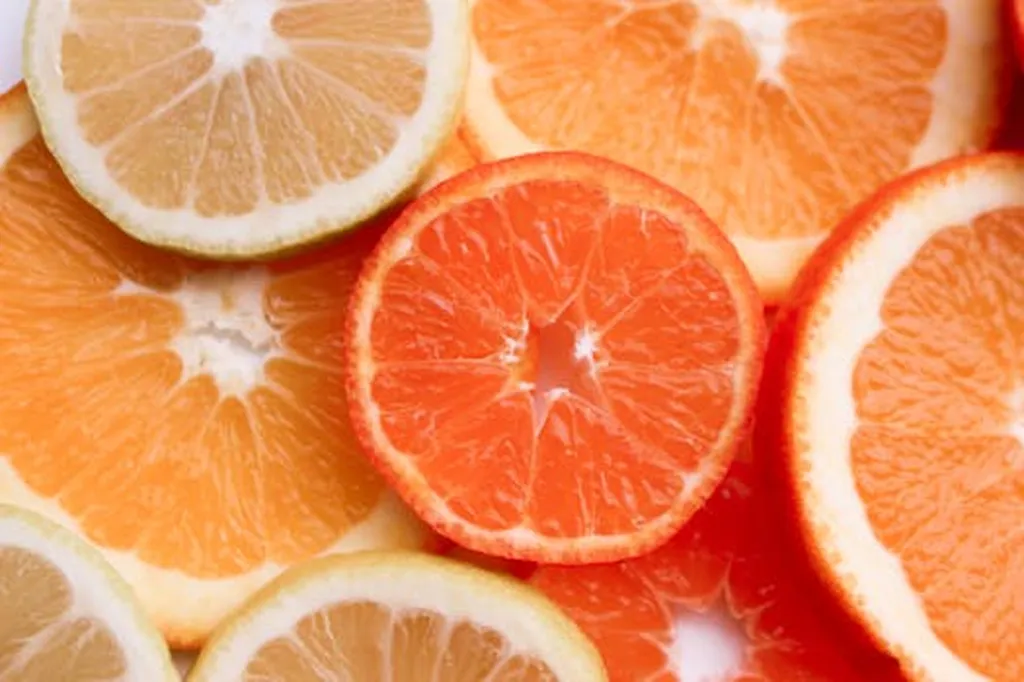In the heart of Greece, at the Agricultural University of Athens, a team of researchers led by Dimitrios Loukatos from the Department of Natural Resources Management and Agricultural Engineering is tackling a critical challenge in modern agriculture: the delicate task of harvesting fruits without causing damage. Their recent work, published in the journal *Engineering Proceedings* (translated to English as “Engineering Proceedings”), offers a promising solution that could revolutionize the way we approach robotic harvesting.
The team’s focus is on improving the perception and control of electromechanical grippers used in robotic harvesters. These grippers need to be gentle enough to handle delicate fruits like tomatoes, sweet bell peppers, and oranges without bruising or damaging them. The challenge lies in the fact that different fruits have different levels of sensitivity to force, and traditional grippers often lack the finesse required to adjust their force accordingly.
Loukatos and his team have developed a low-cost, simple improvement that enhances the gripper’s ability to adjust its force during the harvesting process. The key to their innovation lies in a microcontroller that intercepts the current consumed by the servomotor during the gripping action. This current consumption is directly related to the force applied by the gripper. By monitoring this current, the microcontroller can adjust the gripper’s aperture to ensure it stays within the safe force limits for each type of fruit.
“Our approach is not just about preventing damage to the fruits,” Loukatos explains. “It’s about creating a more efficient and intelligent harvesting process. By understanding the relationship between current consumption and applied force, we can fine-tune the gripper’s actions to suit different types of fruits.”
The team conducted experiments on various objects, including elastic balls, oranges, tomatoes, and sweet bell peppers. Their findings revealed that the relationship between current consumption and applied force can be accurately approximated by nonlinear expression equations. This means that the gripper can be programmed to adjust its force with a high degree of precision, ensuring that each fruit is handled with the care it requires.
The implications of this research are significant for the agricultural sector. As labor shortages become more prevalent due to socio-economic instability and pandemics, the need for intelligent robotic systems that can handle delicate tasks like fruit harvesting becomes ever more pressing. Loukatos’s work offers a promising solution that could be adopted by a wide range of agricultural automation systems.
Moreover, the low-cost nature of the improvement makes it an attractive option for farmers looking to upgrade their existing robotic harvesters. “Our goal is to make this technology accessible and affordable,” Loukatos states. “We believe that by doing so, we can help farmers increase their productivity and reduce waste, ultimately leading to a more sustainable agricultural industry.”
The research published in *Engineering Proceedings* not only addresses a pressing need in the agricultural sector but also paves the way for future developments in robotic harvesting. As the technology continues to evolve, we can expect to see even more sophisticated systems that can handle a wider range of fruits and vegetables with even greater precision. This could lead to a future where robotic harvesters are a common sight in fields and orchards around the world, helping to feed a growing population while minimizing waste and environmental impact.
In the meantime, Loukatos and his team continue to refine their technology, exploring new ways to improve the perception and control of robotic grippers. Their work serves as a testament to the power of innovation and the potential of technology to transform the way we approach agriculture. As the world grapples with the challenges of feeding a growing population, their research offers a glimmer of hope and a promising path forward.

